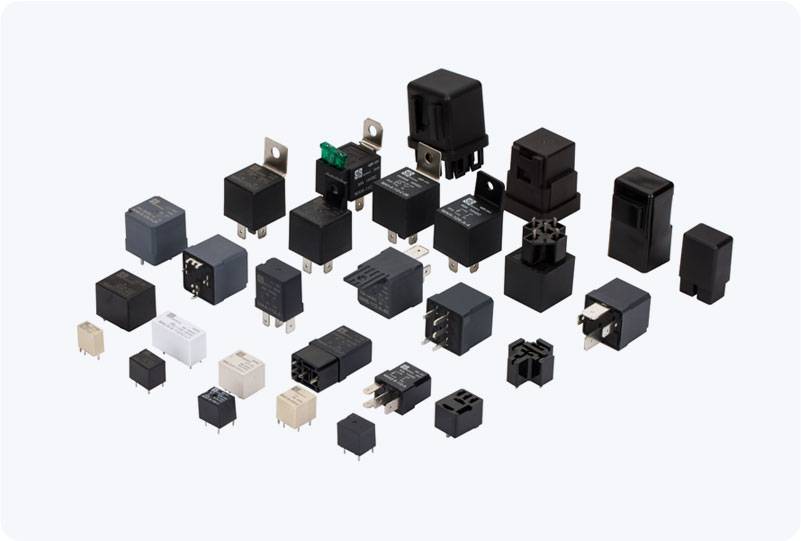Power relays play a crucial role in electrical systems by acting as electronic switches that control high-power devices with low-power signals. Their versatility and reliability make them an indispensable part of modern electrical infrastructure, including household appliances, industrial automation systems, and power transmission networks. This article explores the key components, working principles, types, and applications of power relays, offering a deeper understanding of their importance in electrical control systems.

What is a Power Relay? A power relay is an electrically operated switch that uses a low-power control signal to open or close a circuit containing a higher power load. These relays are used to control the flow of electricity to various devices and appliances. They provide a means to isolate and protect sensitive control circuits from the potential dangers of high voltage or current. Key Components of a Power Relay A typical power relay consists of several essential components that work together to perform its function: Coil (Electromagnet): The coil is a key component of a relay. When an electric current flows through it, a magnetic field is created, causing the relay to activate.
Leave a Reply